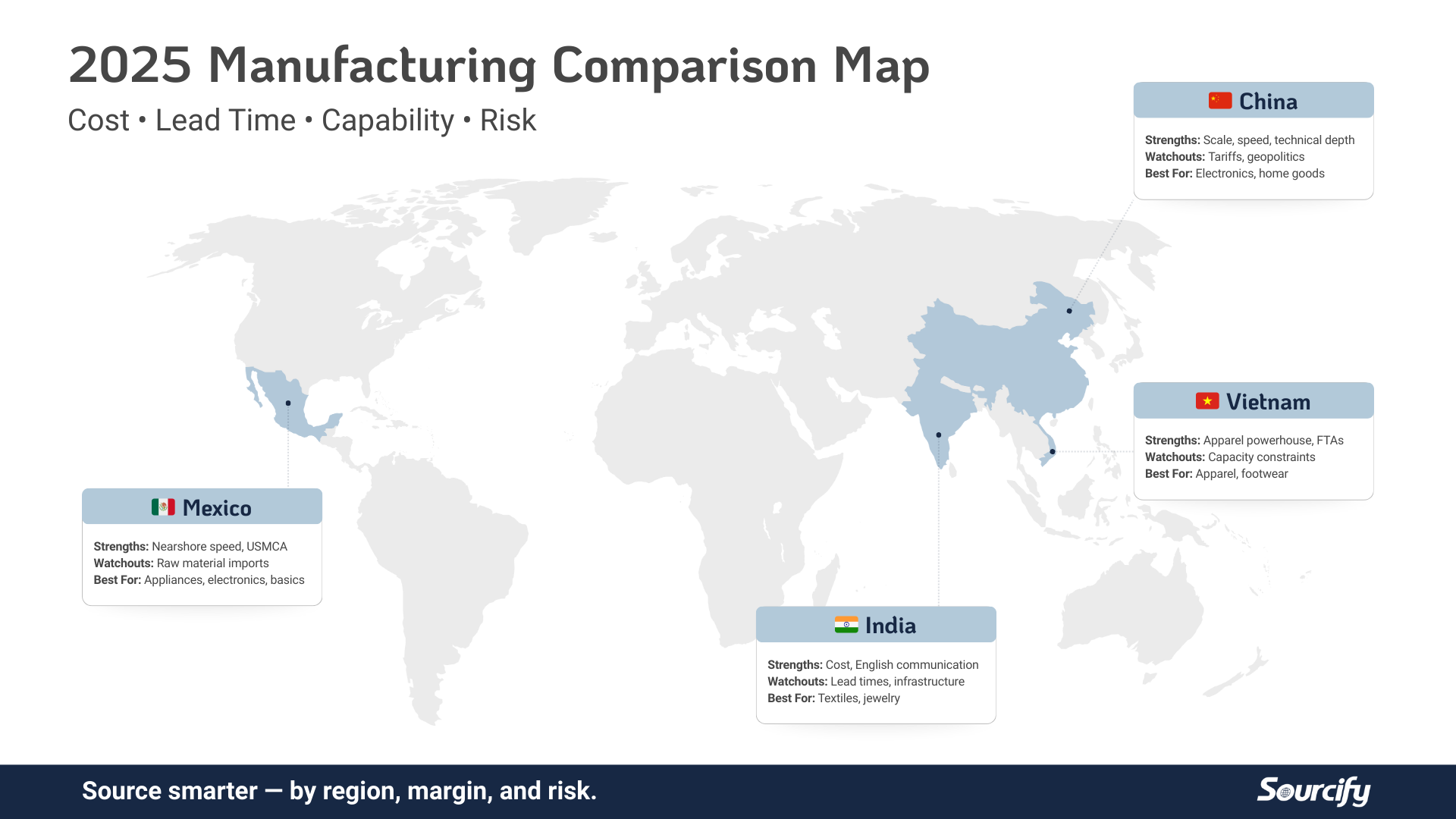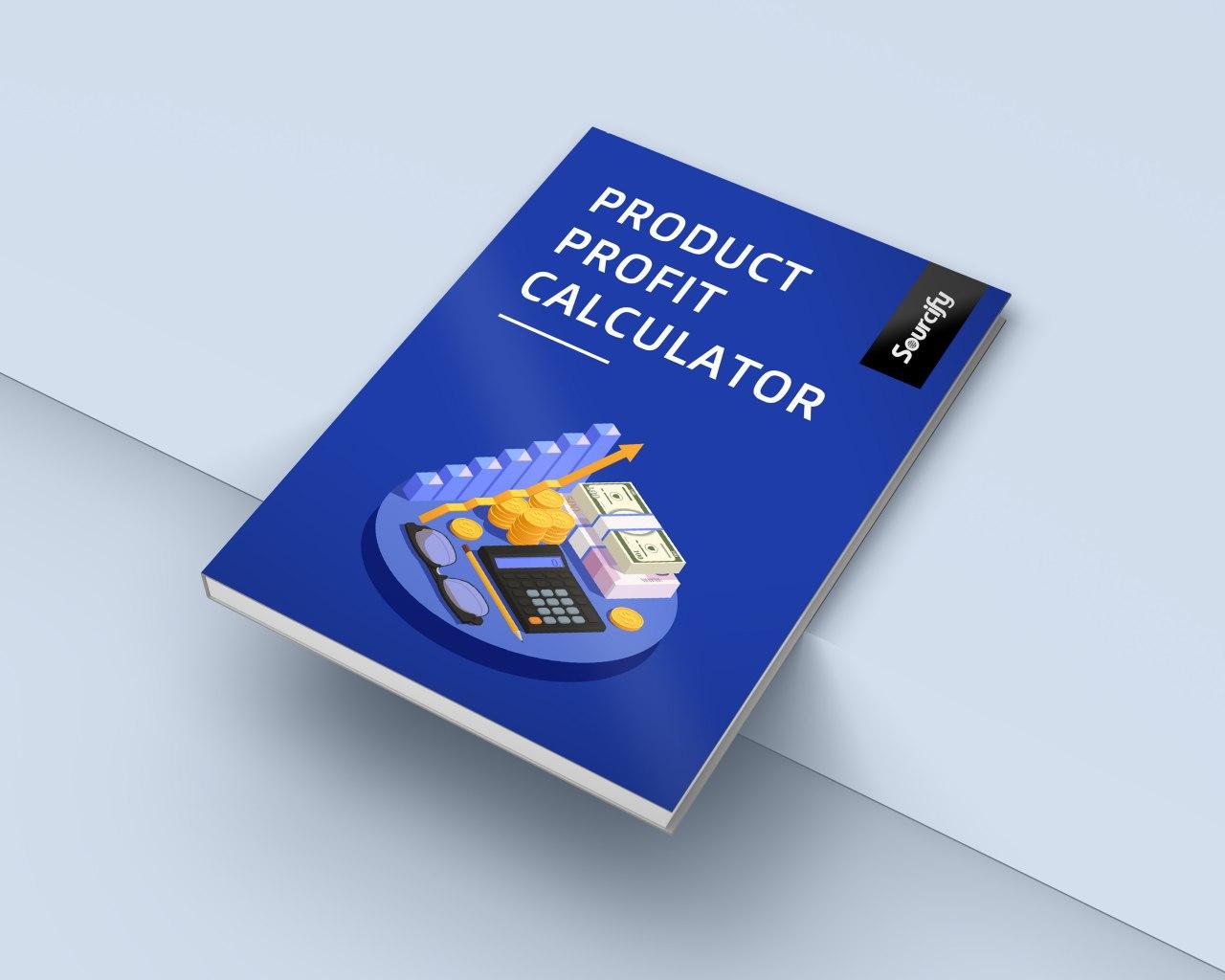Sometimes you outgrow your factory.
Or the pricing no longer works.
Or the quality slips, and trust erodes.
Whatever the reason, exiting a factory relationship is a critical moment—and how you handle it can impact your reputation, future leverage, and even your next factory’s willingness to work with you.
At Sourcify, we’ve helped dozens of brands navigate this exact transition. Here’s how to do it right.
First: Know Why You’re Leaving
Before you communicate anything, get clear internally. Ask:
- Is this about cost?
- Lead times?
- Communication breakdown?
- Strategic fit as you scale?
Write it down. Not just for your team—but so you can explain it calmly and clearly to the factory when the time comes.
1. Check Your Contracts
If you signed a manufacturing agreement or supply contract, review the terms around:
- Notice period
- Outstanding POs
- IP and tooling ownership
- Payment terms
- Minimum order commitments
This will shape how and when you can exit—without risking a legal or operational mess.
📌 Pro tip: If you didn’t sign a formal agreement, proceed even more carefully. You’re likely operating on relationship equity alone.
2. Protect Your Assets
Before initiating the exit:
- Make sure all tooling, molds, and tech packs are in your possession or clearly defined as yours
- Download updated BOMs, specs, and QA documents
- Settle any open invoices or payment disputes
Factories are more cooperative when they feel respected—and less likely to hold your assets hostage.
3. Communicate with Respect and Transparency
Schedule a call—not just an email. Factories are human businesses. Ending things respectfully protects your reputation across their network.
A simple framework:
“We’ve appreciated the relationship, but due to [reason], we’re planning to transition production. This isn’t about dissatisfaction—just fit. We want to close things out professionally.”
You don’t need to over-explain. But clarity + respect goes a long way.
4. Give Realistic Notice
Whenever possible, provide a clear and reasonable wind-down period. This allows:
- The factory to adjust labor and planning
- You to receive final POs
- Time for a smooth knowledge transfer to your next supplier
Even if you’ve already started exploring alternatives, building in this notice is a sign of maturity—and it’s noticed.
5. Don’t Burn the Bridge—You Might Need It Later
The factory you’re leaving today may be the backup you rely on next year. Things change. Tariffs shift. Freight routes close. And that factory you left on good terms might be your best option in a future emergency.
📌 Leave the door open. Always.
How Sourcify Helps with Factory Transitions
Exiting a factory is just one part of a broader sourcing strategy. We help brands:
- Audit current suppliers before they make a change
- Manage communication and transition plans
- Vet new suppliers and geographies
- Transfer documentation and QA processes
- Negotiate tooling and asset transfers
Our goal: make the transition smooth, professional, and bridge-friendly.
👉 Talk to us about managing your factory exit
Final Thought: How You Exit Reflects Your Brand
Factories talk. A professional exit preserves your integrity, protects your supply chain, and builds long-term respect. You don’t have to stay loyal forever—but you do have to be clear, calm, and clean in your departure.
Done right, you leave better positioned for whatever comes next.




